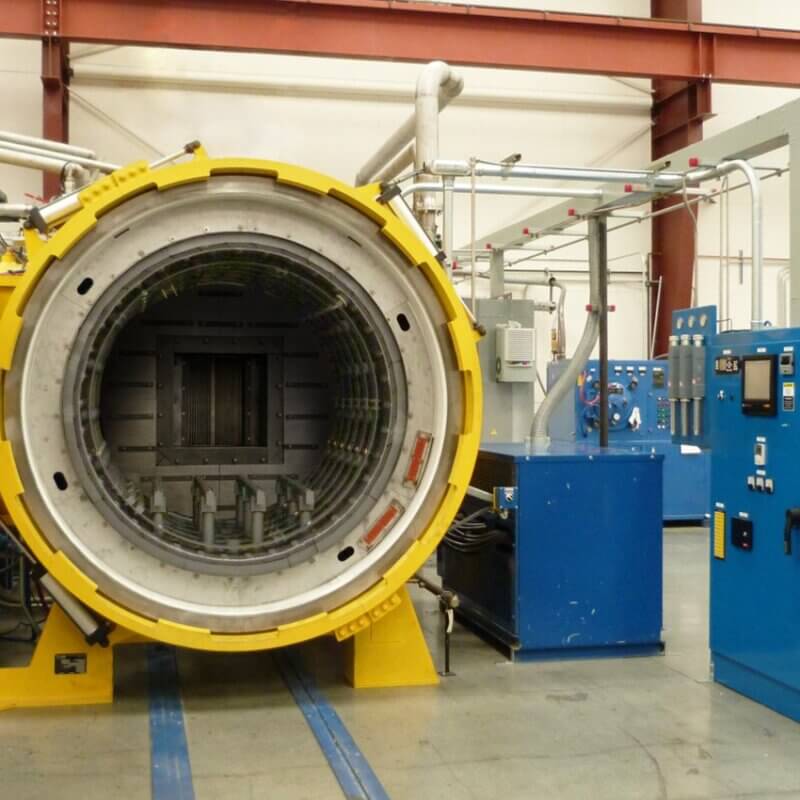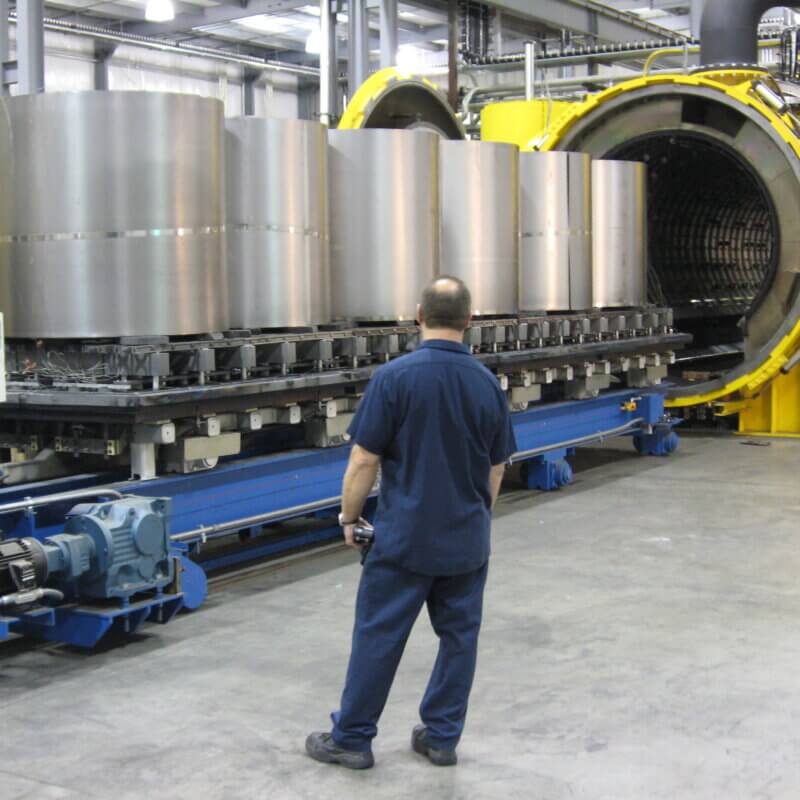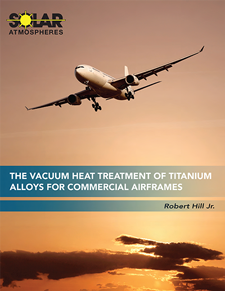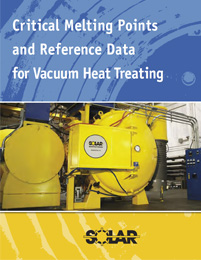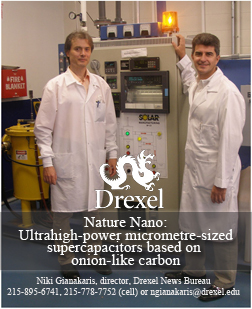Vacuum Heat Treating
A Brief History of Vacuum Heat Treating Technology
The history of vacuum technology is a fascinating one. It seems to have begun in ancient Greece when the philosopher Democritus.
Gas vs. Liquid Quenching: A Direct Comparison in Hardenability to Reduce Distortion
Hardenability is the ability of steel to partially or completely transform from austenite to some fraction of martensite at a given depth below the surface, when cooled under a certain condition.
How to Reduce Energy Requirements for Efficient Vacuum Heat Treat Furnace Operation
Of the many papers written on methods of reducing vacuum-furnace operating energy requirements, most tend to highlight one specific furnace area. This article outlines various methods of reducing energy requirements of several furnace functions. The following will be discussed: Controlling and minimizing hot zone energy losses, Variable frequency drives on vacuum pumps and gas cooling motors, Minimizing diffusion pump energy consumption, VFDs and temperature controlling logic on cooling water system, Conclusions
Blended Gases – A Cost-Effective Alternative To Helium In Processing Reactive Metals
Argon and helium gases have been used and evaluated as quench gases within vacuum heat treating circles for many years.
Titanium Heats Up in the Aerospace Industry
Today, the trend for airframe manufacturers is the increased use of composite materials and titanium alloys. Compared to an aluminum structure, these composites provide a greater reduction in maintenance due to fatigue. When loading and environmental factors are analyzed, low maintenance, high strength titanium trumps aluminum again.
Raw VS. Part Heat Treatments – What is the Difference?
The fuzzy definitions of “raw material” and “parts” in specifications create variable and debatable heat treating quality standards.
The Vacuum Heat Treatment of Titanium Alloys for Commercial Airframes
Aeronautical engineers are consistently searching for new and optimal materials to achieve specific applications throughout an airframe. There are a multitude of considerations affecting the structural design of an aircraft such as the complexity of the load distribution through a redundant structure, the large number of intricate systems required in an airplane and the operating environment of that airframe. All of the above criteria is governed primarily by weight savings. Thus, the optimal materials selected today and for the future of airframes are composite material and titanium.
Vacuum Heat Treating: Critical Melting Points Booklet
This work is an update of the original reference compilation by Charles F. Burns, Jr., Copyright 1997. The current booklet contains revisions to the original work as well as numerous additions. This booklet should serve as a handy reference for people that work in the metals industry.
Nature Nano: Ultrahigh-power micrometre-sized supercapacitors based on onion-like carbon
Electrochemical capacitors, also called supercapacitors, store energy in two closely spaced layers with opposing charges, and are used to power hybrid electric vehicles, portable electronic equipment and other devices. By offering fast charging and discharging rates, and the ability to sustain millions of cycles2–5, electrochemical capacitors bridge the gap between batteries, which offer high energy densities but are slow, and conventional electrolytic capacitors, which are fast but have low energy densities. Here, we demonstrate microsupercapacitors with powers per volume that are comparable to electrolytic capacitors, capacitances that are four orders of magnitude higher, and energies per volume that are an order of magnitude higher. We also measured discharge rates of up to 200 V s21, which is three orders of magnitude higher than conventional supercapacitors. The microsupercapacitors are produced by the electrophoretic deposition of a several-micrometre-thick layer of nanostructured carbon onions6,7 with diameters of 6–7 nm. Integration of these nanoparticles in a microdevice with a high surface-to-volume ratio, without the use of organic binders and polymer separators, improves performance because of the ease with which ions can access the active material. Increasing the energy density and discharge rates of supercapacitors will enable them to compete with batteries and conventional electrolytic capacitors in a number of applications.


